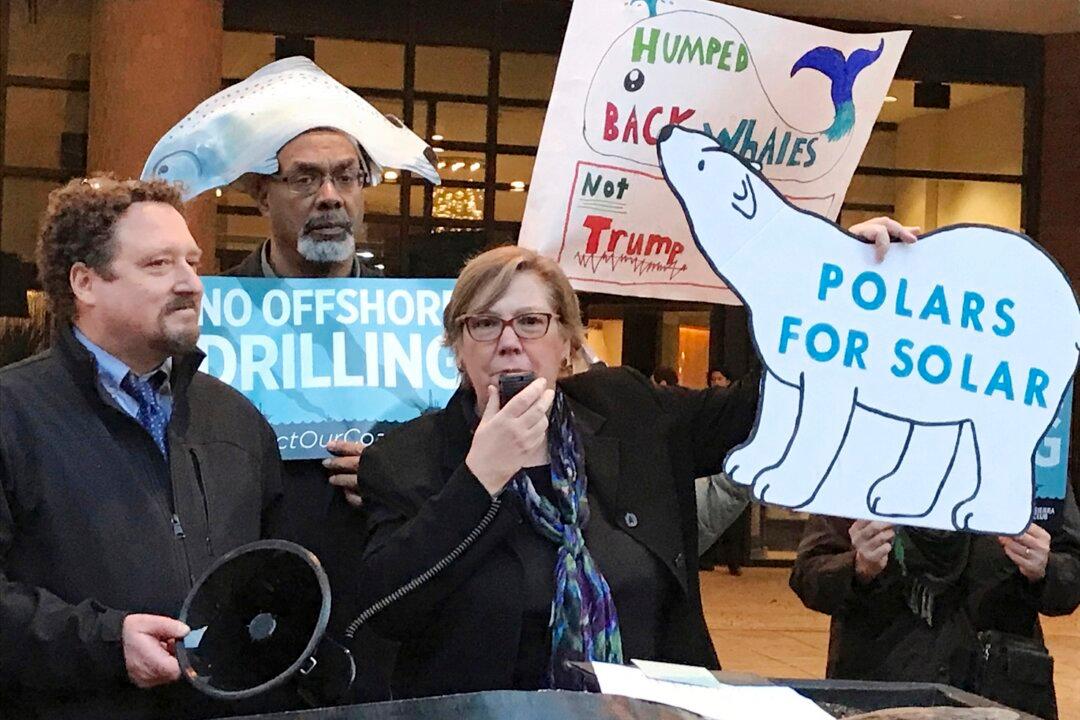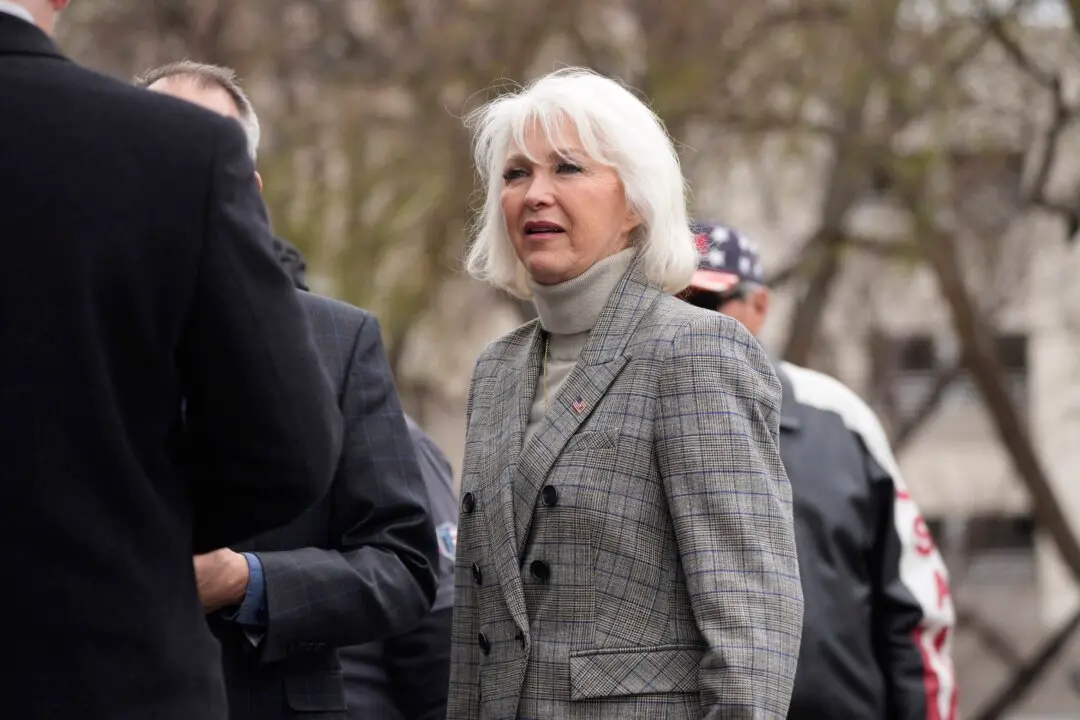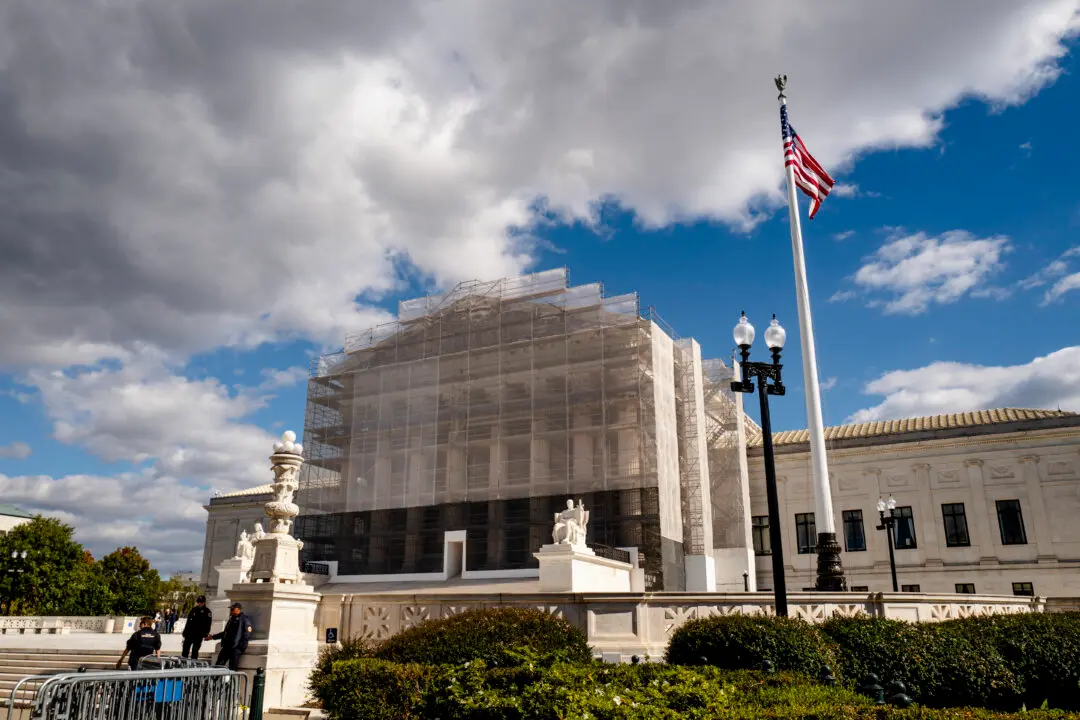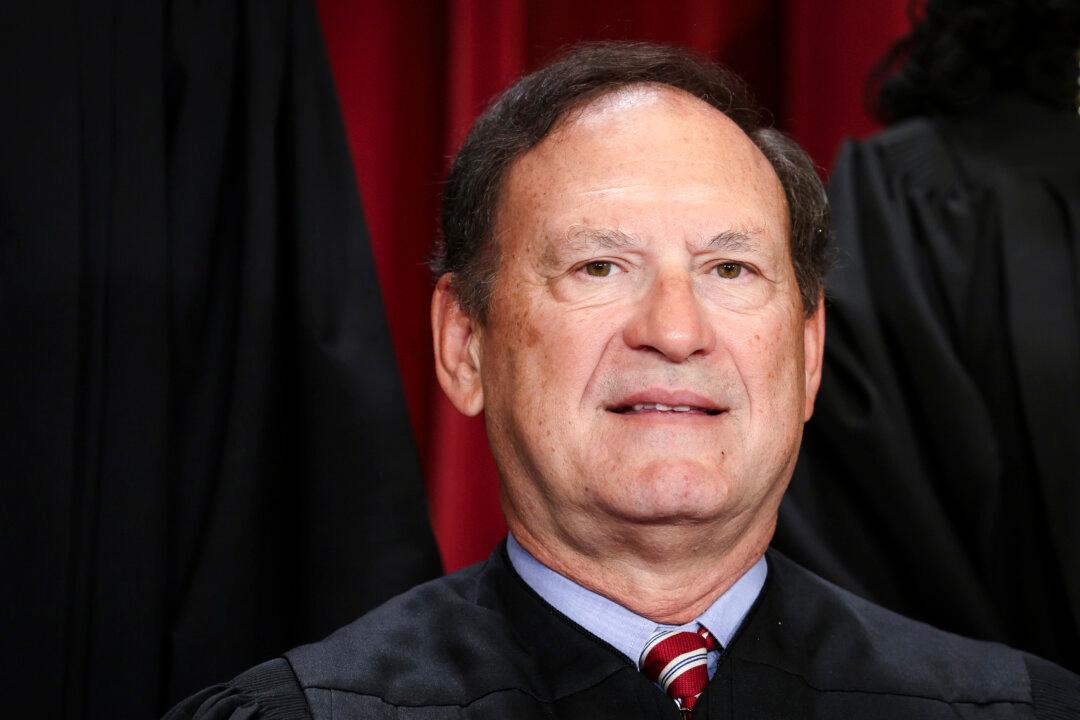An activist federal judge in Alaska dealt a significant blow March 29 to the Trump administration’s plans for expanding oil drilling on the U.S. coasts, by invalidating President Donald Trump’s executive order removing President Barack Obama’s bans on oil and natural gas exploration in the Arctic Ocean and on the North Atlantic coast.
The Trump administration is expected to appeal the decision to the often-reversed Ninth Circuit Court of Appeals. The order, at least in the near-term, will probably force the government to remove Arctic waters from its upcoming plan to open federal waters along the entirety of U.S. coastlines to offshore drilling. This court decision is just one in a series of energy policy setbacks the Trump administration has experienced at the hands of the nation’s judiciary.





